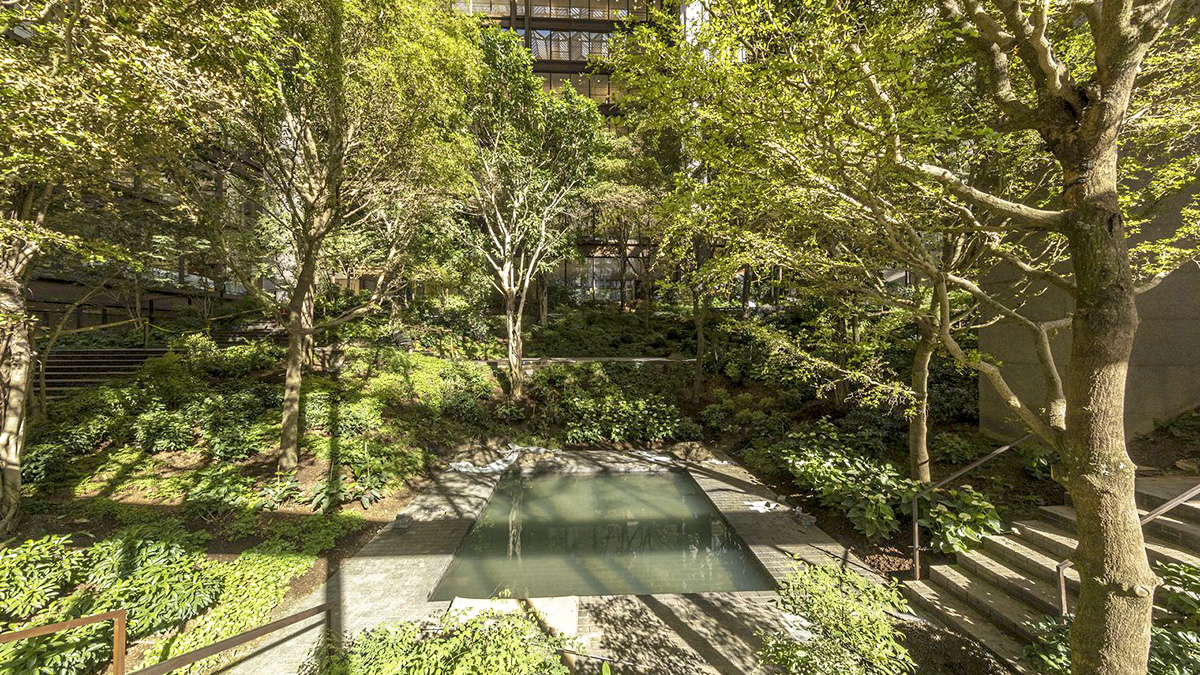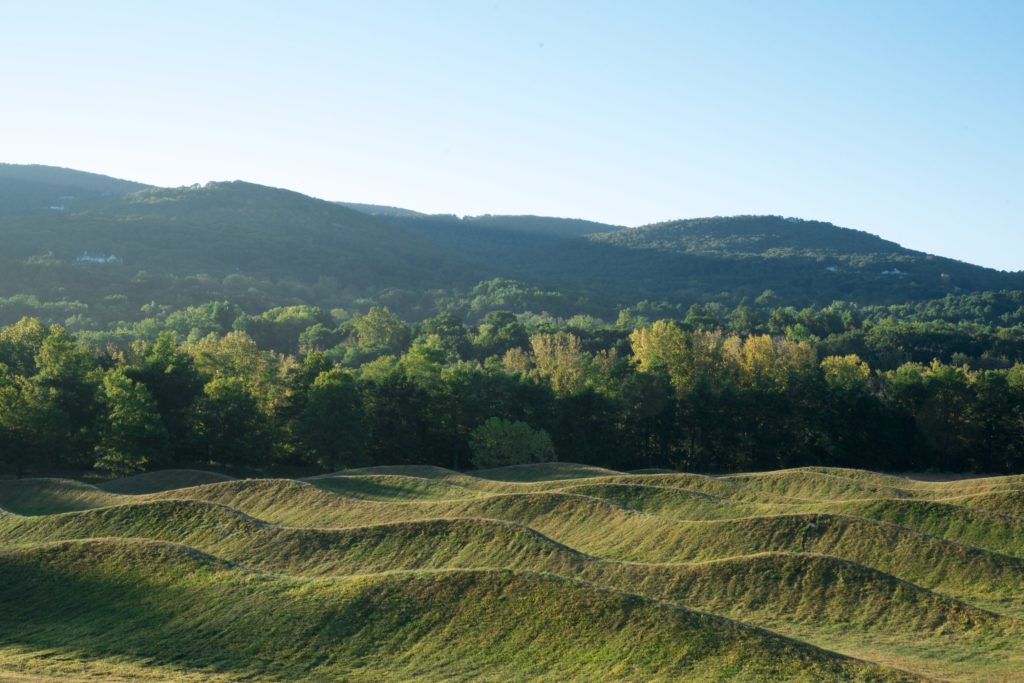I presented my research inquiry and findings on 18th October, 2021. My visiting critics/ guest respondents were Kyle Li, a creative technologist who works with immersive media, and Barbara Morris, a cross-genre writer. I was quite nervous since I was the first person presenting from my section and I didn’t have the slightest idea how to go about it. Once I saw Kyle and Barbara chat and laugh, I realised that the session was going to be more informal than I had expected. As I stood untangling the cables to connect my iPad to the screen, my confidence began to rise. Before I knew it, it was time to begin, and I somehow felt calm and comfortable as I began my presentation.
Updated Research Statement
With the insights I received during my site research, I made changes to my initial research inquiry. The updated statement is:
I am studying how people interact with, and are influenced by, plants and foliage in their everyday lives in New York City, so that I can highlight the indispensable, dynamic relationship between the two.
Feedback from guests
- look into AR, not only VR, as a medium to build/ curate a virtual garden that can appear or disappear as you wish
- consider the extended question of carbon footprints – While talking about exotic species, we must also bear in mind that their import or export (transportation) has negative effects on the environment. Upon further research, I found articles that talk about how exotic plants release more carbon dioxide from the soil when compared to native species.
- The High Line has about 100 different species of plants – all curated- and maintained by the Friends of the High Line in partnership with NYC Parks and Recreation. As people are not stepping out or partaking in nature completely, Kyle suggested that it would be a good idea to collect data from the High Line about the various species they house and allow people to view these plants virtually using VR. This would be both, an educational and exploratory experience. Coevolution of plants and insects is important to the High Line ecosystem. I also found that currently plants and insects are open for adoption, starting from $25. People can pick which species they want to adopt and will also receive a certificate. This would be great to incorporate into my project – I can allow the adopters to view their plant anytime, anywhere – almost like a nanny cam for the plant.
- experiencing childhood – could be incorporated into my research inquiry – ideas of nostalgia and memory as childhood joy is unmediated
- combining IOT (internet of things) and urban farming
- Kyle reiterated not to forget to incorporate tech in my project.
References from guests:
- check out the Xbox 360 game Viva Piñata where the player tends to a neglected garden on an island
- Potioneer, a VR garden simulator where users can tend to their virtual garden.
- Barbara mentioned the Ford Foundation Garden, 12-story atrium that houses 39 species of subtropical plants, a reflecting pool and a garden with plants one can touch and smell. She also brought up a different point of view: that all nature in New York has been curated and designed by people, so it can be considered man-made. All parks and outdoors are hence artificial.

- Puerto Rican planted community gardens when they first arrived in the country. These were shacks and open spaces where they would play music and dance, by bringing a little bit of Puerto Rico with them to Manhattan. I found that these spaces are known as casita gardens which translates to “little house” in Spanish. New York Restoration Project , along with the Urban Air Foundation, rethought casitas as a modular piece and assembled a structure in 2014. This pathway explores:
-
- maintaining one’s own culture
- idea of homesickness and coping with it
- painted and decorated spaces
-
- Maya Lin’s Wavefield in Storm King Art Center

- read the book The Hidden Life of Trees: What They Feel, How They Communicate by Peter Wohlleben
Feedback from peers:
- positive feedback for visuals, flow, extensive research/interesting, organisation of presentation
- need to choose an audience now
- research questions deemed a bit forced and not a direct connect
- human and plant connection might have been lost in some on-site observations
- how personal and community tensions overlap
- value of living plants vs dead plants
- others agree on:
- post-covid need for plants
- sun as shared source of energy
- interested in the sensory – how plants affect our mood?
- what am I encouraging or criticising?
References / precedents from peers:
- Telegarden by Ken Goldberg – the first community-run garden online with a robot interface
- plant scanning and recognition apps for plant-owners
- plant delivery companies and how they lower the barrier to adopt more plants
- MIT project that allows spinach to communicate through e-mail using nitro-aromatics
- The psychology behind Animal Crossing – many wanted to cultivate different plants and flowers
Sparked a lot of questions:
- is nature still ‘natural’ – when did it become so constructed?
- need more instructions for big plants, such as indoor trees
- watering issues that arise when in travel – this could lead to interaction and collaboration with other people
- any other way to grow plants together in public spaces in the city?
- game development is a good idea to take the project forward
- consider sculpted plants – why they are made to look a certain way?
- will AR/VR really fill the gap of having physical plants? what about the sensory experience?
- virtual barbershop recorded with binaural microphones to probably play the sounds of leaves
- leaning towards an installation or a program one can access anywhere?
- while working on houseplants – can explore furniture/interior spaces and houseplant interactions
Reflections
- I need to finalise who my target audience is going to be. Is this going to be personal relationships with plants or how the city as a whole?
- Do I concentrate on educating the public about urban farming/ composting/ sustainable living, or more on establishing a personal connection with nature for their own happiness? I am tending towards the latter, but would that mean my project is not helping ‘communities’.
- I want to create either an installation or a product that people could interact with to truly convey the ‘sensory’ aspect. How do I amuse viewers and make them empathise with plants?
- During the prototyping week, I would like to explore the many aspects of human-plant relationships, before zeroing in on one.
